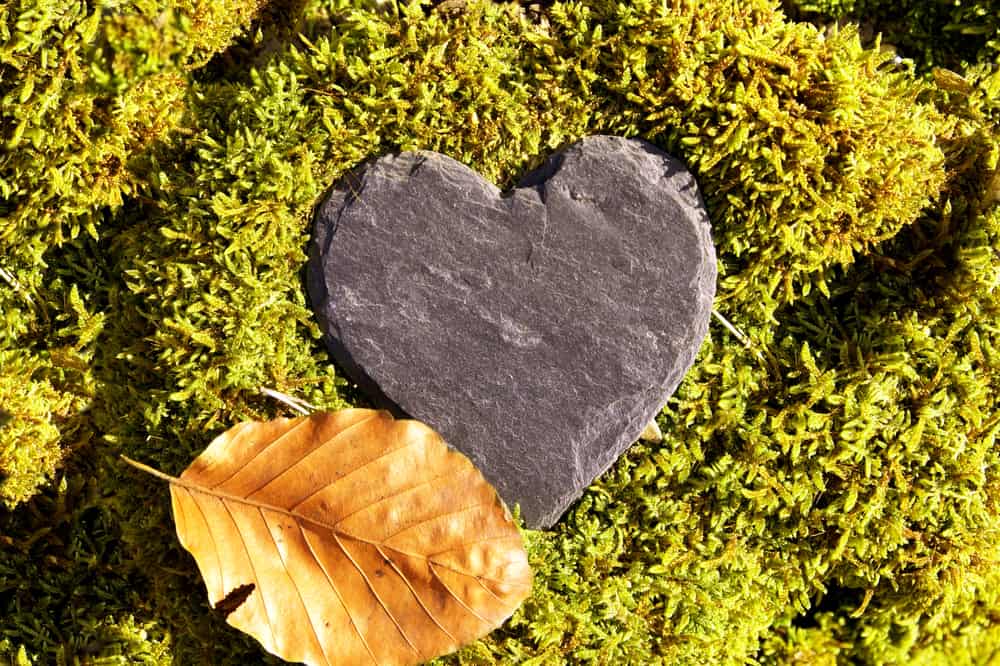Choosing cremation for a final disposition has now surpassed burial in the United States, with a cremation rate approaching close to 60% in 2022, and industry bodies forecasting a cremation rate of 80% by 2035. But, how sustainable is cremation as a disposition method if we need to consider climate change, and reducing harmful emissions and carbon consumption? Is there an alternative Green Cremation?
What is the real environmental cost of cremation? And what affordable sustainable death care alternatives should we be considering?
According to the 2022 National Funeral Directors Association Consumer Awareness Report, 60.5% of those surveyed were interested in exploring greener funeral options due to the potential environmental benefits and other reasons. This surely indicates that consumers understand the value and impact of their final decision but at present lack the knowledge or availability of green options.
What is the real environmental cost of cremation?
Many consider cremation to be a ‘greener’ alternative to a traditional burial. Certainly, cremation may reduce your carbon footprint by eliminating the use of formaldehyde chemicals, steel, and concrete from being buried into the earth.
But, cremation does use energy and fossil fuel and create emissions that go into the atmosphere. A single cremation of a human body equates to a 500-mile car trip or is said to be equivalent of filling a standard vehicle with 2 tanks of gas. One cremation produces an average of 534.6 pounds of CO2. Meaning that the current cremation rate in the U.S. accounts for 360,000 metric tons of emissions every year.
Aside from the carbon dioxide emissions generated during the cremation process, other harmful emissions and toxins disperse into the atmosphere, such as mercury from dental fillings, and other implants.
So, in an era when climate change has become political and a concern for human sustainability on our planet, cremation needs to be re-evaluated as to what the long-term impact is on the environment, and what alternatives can reduce that impact.
In an effort to try to minimize emissions, some crematories are installing additional filters, and in certain areas, the local counties are enforcing limited operating hours. This is ultimately likely to lead to increased costs for crematories, which in turn will drive up the cost of cremation for consumers. And the cheaper cost of cremation was one of the key drivers in shifting the consumer to choose cremation.
Why has cremation become so popular as a final disposition choice?
In the last decade, the cremation rate has grown exponentially in the United States. Even states that could be considered more ‘traditional’ or religious have witnessed significant growth in their cremation rate. Why is that?
Several reasons are cited for why the U.S. has embraced cremation as a disposition choice.
“Affordability” is generally acknowledged to be the lead reason why we have embraced cremation services. A simple cremation service can be arranged for as little as $795 in most major metropolitan areas, and it is fair to say that in most states a direct cremation can be performed for under $1,500. This makes cremation a much more affordable alternative to a traditional burial service, and this is predominantly what appeals to consumers.
“Simplicity and Flexibility” are also other reasons why families choose cremation. A simple cremation service can enable a family to quickly and efficiently manage the immediate disposition of a loved one, without all the ‘drama’ of funeral home visits and multiple decisions to be made. It can enable a family to conduct the cremation without the immediate need to conduct funeral services and allow for more personalized memorialization to take place. Families who are dispersed and making arrangements from out of state can do so without the expense or stress of traveling to the place of passing to make arrangements.
More funeral homes have embraced technology and offer online cremation arrangement services, allowing consumers to make cremation arrangements from the comfort of their own homes. Even, being able to mail cremated remains back to a family once the cremation has been performed.
So, the significantly lower cost of cremation services, and the ease with which we can make arrangements have largely contributed to the growing popularity of cremation as a disposition choice.

What are the ‘greener’ and more sustainable alternatives to cremation?
There are a few sustainable eco-friendly alternatives in the death care sector – albeit they are presently rather ‘niche’ alternatives. A natural burial at a green burial site is probably the most sustainable and most practical long-term (and affordable) solution. Aquamation (water cremation) could be considered the eco-cremation alternative. With terramation, otherwise referred to as human composting or natural organic reduction (NOR) is a new to the market option. Terramation is presently only legal in 3 states, and at present is probably the most expensive alternative.
Let’s explore these 3 alternatives, the pros and cons, and the costs.
Natural Burial in a Green Burial site
There are currently in the region of 350 green cemeteries in the United States. The majority are hybrid – this means a traditional cemetery that has designated a green burial section. There are only a few Conservation Burial Grounds and a growing number of Natural Burial Grounds.
With the expanse of land in the U.S., utilizing more land for natural burial should be achievable to ensure all Americans have access to natural burial land wherever they reside. In that way, natural burial could become the most practical and inexpensive solution.
In the majority of states, there is no legal requirement to employ a funeral director to handle funeral arrangements. Several states do have restrictive laws that require a family to employ a funeral director – at least for some aspect of transporting the deceased, or filing permits. However, these laws could and should be challenged and updated to better enable natural burial to be easily conducted in all states. That way families could simply and inexpensively conduct a natural burial as a DIY Funeral.
Green Cremation, Water Cremation, Aquamation, or Alkaline Hydrolysis
Cremation by alkaline hydrolysis is possibly the closest equivalent to flame cremation. This form of Bio Cremation dissolves the body in water with an alkaline solution to assist in the natural organic dissolution of the deceased. Water Cremation presently poses a convenient and somewhat inexpensive alternative to flame cremation and has a 75% lower carbon footprint. Although, only available for human cremation in 22 states at present, interest in the process is growing.
You can read more about Aquamation, how much water cremation costs, where it is legal, and how the process works in this Guide to Water Cremation.

Human Composting, Terramation, or Natural Organic Reduction (NOR)
Terramation is a newer to-market death care alternative. And currently only legal in 3 states.
It is still a relatively costly alternative with prices starting at around $5,500 for an individual.
It is said that the process uses an eighth of the energy that flame cremation uses, so it does pose a more sustainable alternative. However, one could argue that natural burial in the earth should be a more sustainable and less costly innovation to pursue for the ultimate long-term future of environmentally-friendly death care solutions.
Here is our Guide to Human Composting to answer any further questions you have.
Do we need the death care industry to embrace and lead a sustainable change?
This is a very important and valid question. If change is to happen can it be led by consumer demand? Or, do we need the funeral industry to adopt new sustainable death care alternatives and therefore offer consumers more choices?
The death care sector has been known to be slow to embrace change overall. The industry largely resisted the demand for cremation services for many years. I have been told by industry professionals that many believed cremation to be a ‘fad’ that would go away. And they hoped it would, as cremation heralded an era of decreasing revenue for funeral businesses.
There ARE progressive funeral professionals who have embraced the changes and adaptation that a rather archaic industry needs, but these tend to still be a smaller minority. More have embraced cremation over the last decade, offering affordable cremation services and getting ‘ahead of the curve’ to position their business as a leader in cremation services.
Those funeral homes that invested in cremation as the next trend, installing crematory equipment and extensive refrigeration facilities should be looking at how they can begin to adapt to cater to eco consumers.
Unfortunately, I believe there is still resistance from traditional funeral homes and the corporate death care sector, as so much of their historic investment has been in establishing their revenue base in expensive death care products, services, and locations. Think extensive cemetery real estate, elaborate funeral home buildings and livery, concrete vaults, steel caskets, and specialist body preparation procedures.
These are all unnecessary if we as a society embrace and demand simpler, more environmentally-friendly alternatives. Simple, natural burial in a field, gentle water cremation in a purpose-built (re-useable) vessel, or natural organic reduction to generate fertile ‘soil’ all can help reduce the environmental impact of taking care of our dead.
Further reading:
Cremation rate in 2018 and How this is Affecting the Funeral Industry.
Cheap Cremation…How Cost and Convenience is Changing our Funeral Plans



